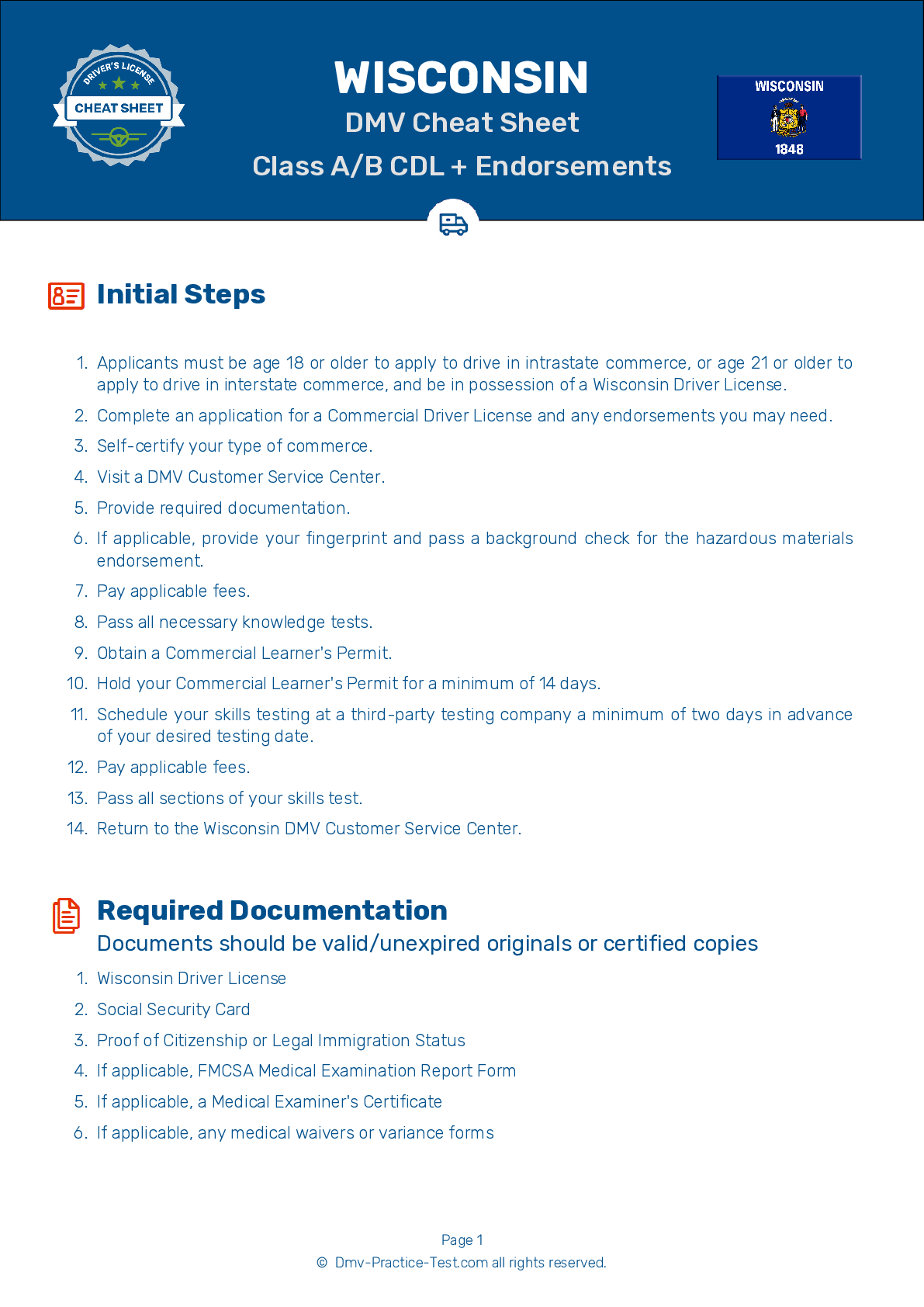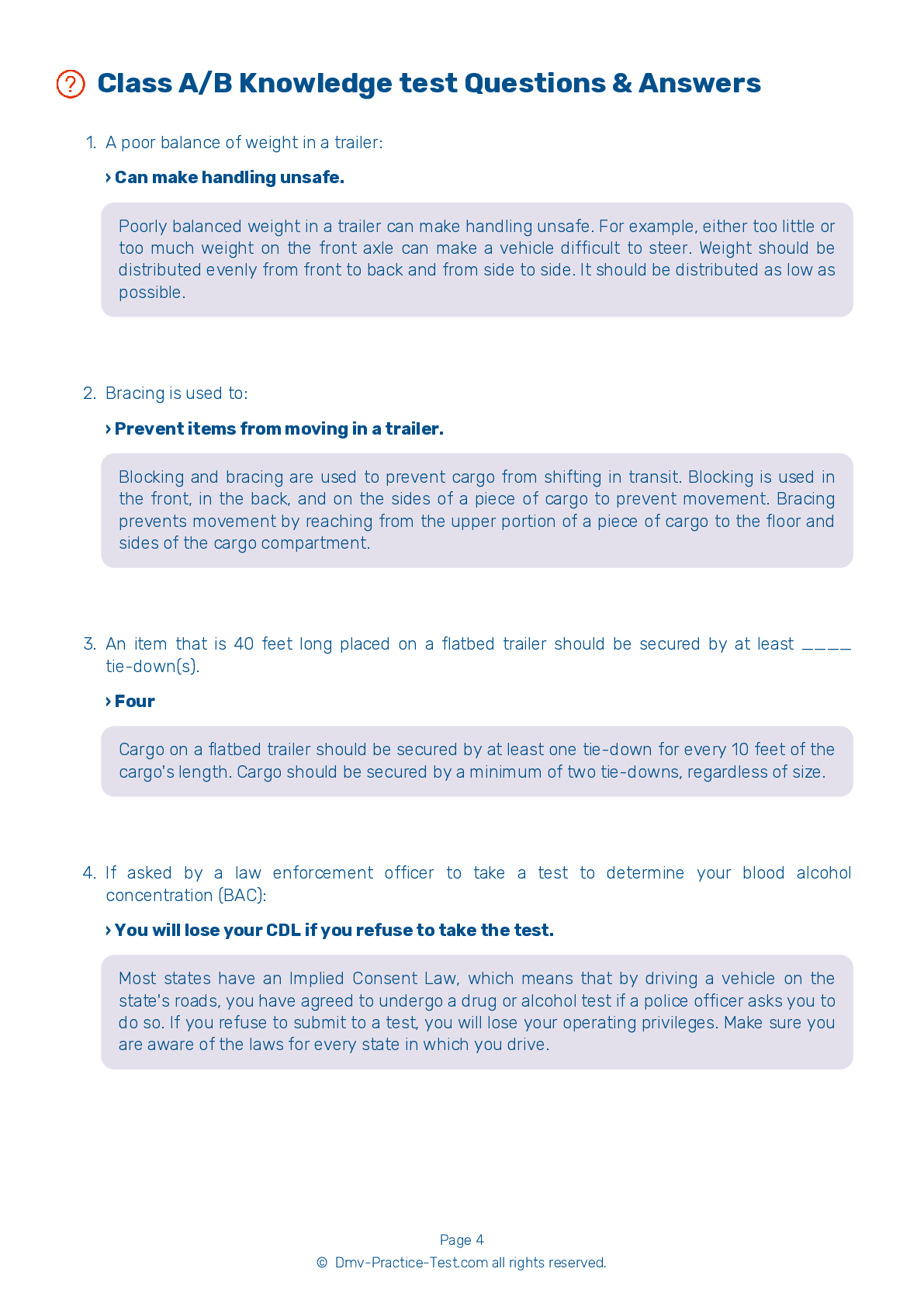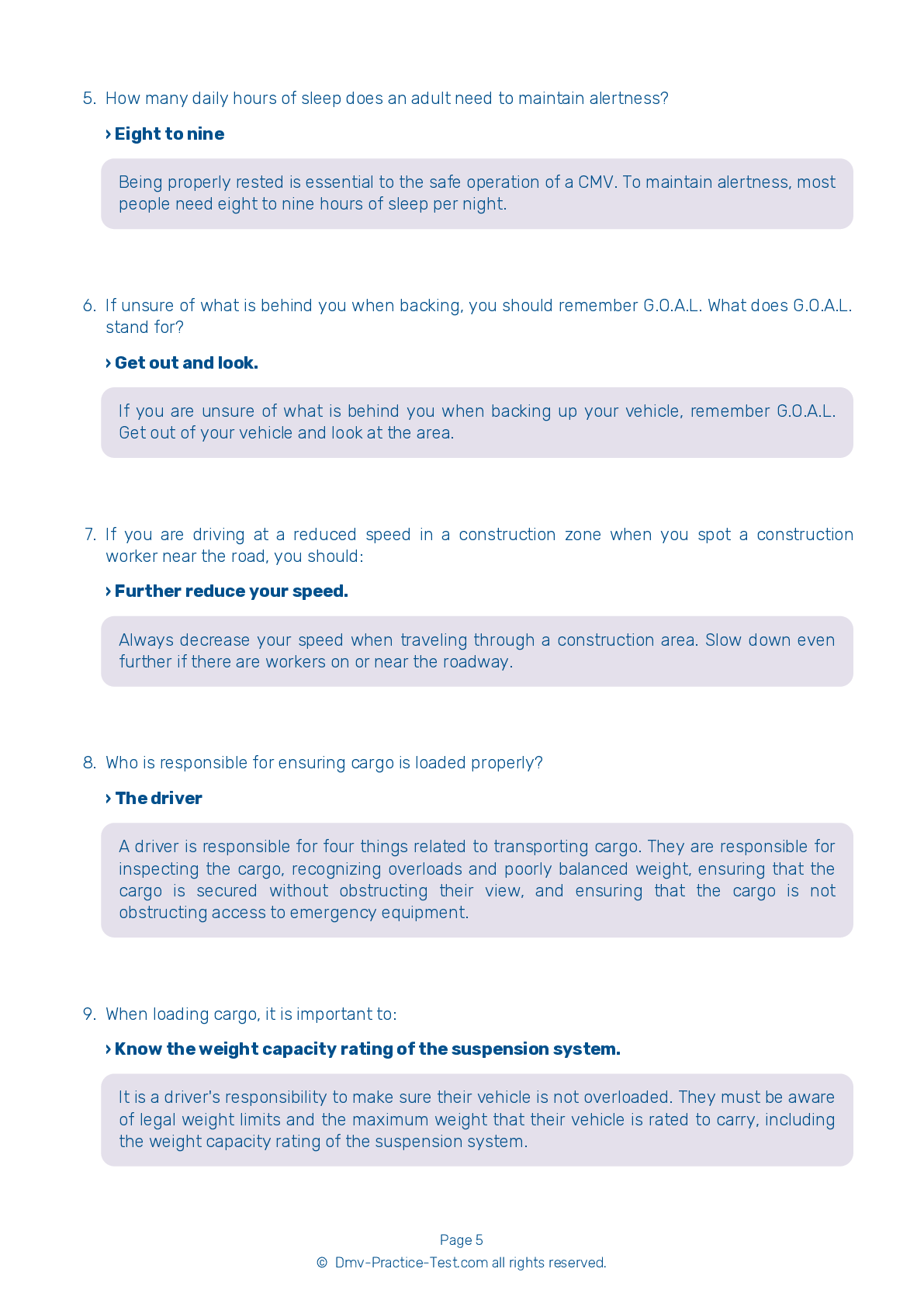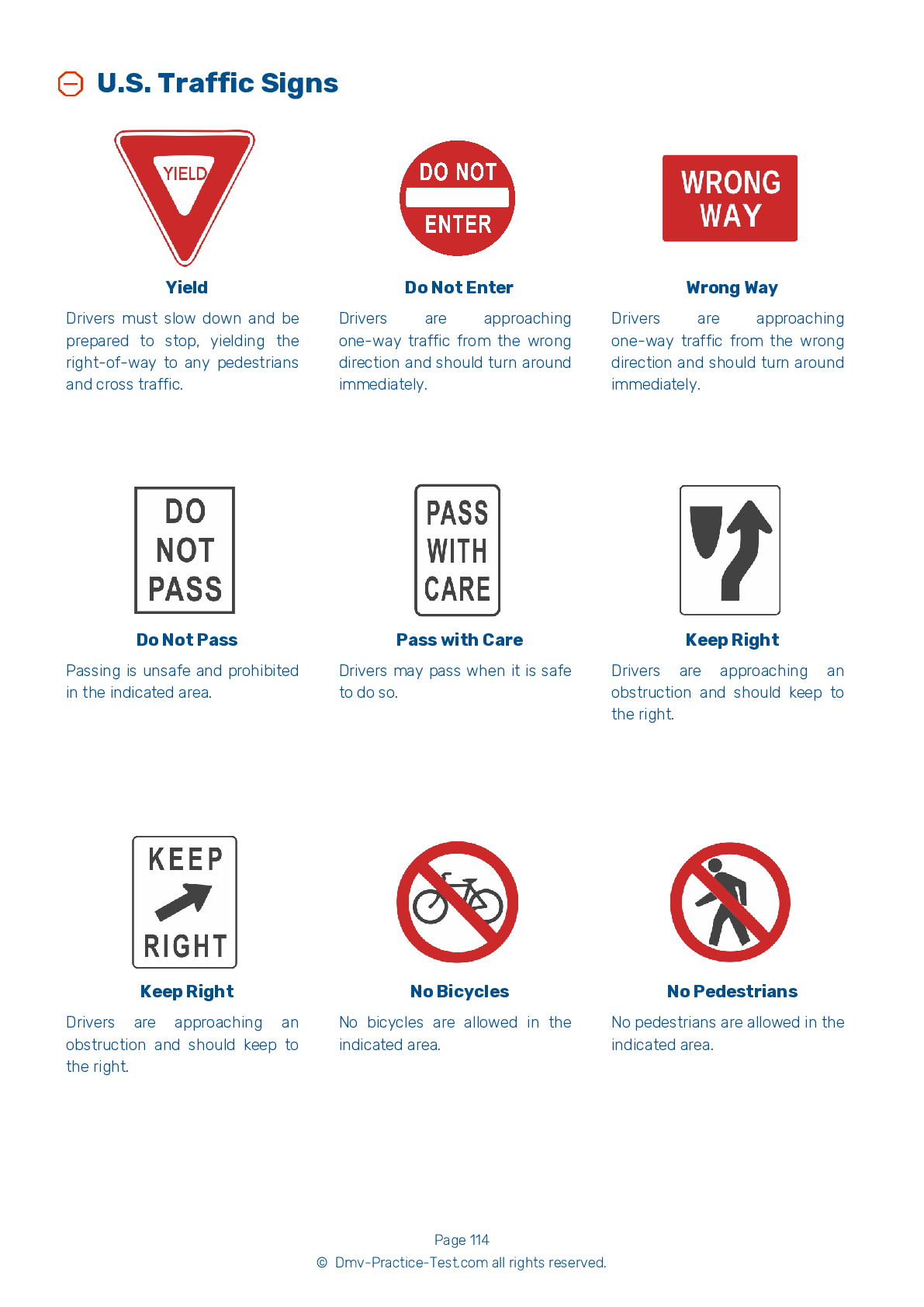Class B Driving Test | Wisconsin 2025 #2 Page 4 of 7
Train for FREE online with our Wisconsin class B license test. The official exam test consists of several obligatory parts, with all of them checking your knowledge of different blocks of road rules. If you need to obtain a WI CDL class B permit in 2025, practice as much as possible. Free sample tests published on our website will help you check and improve your knowledge and boost your grades. Please bear in mind that CDL class B requirements may vary from state to state.
22 . A person working on a disabled vehicle on the shoulder of a road:
Be cautious when driving near people who are working on disabled vehicles. The task will likely consume their attention, so they may not be aware of traffic or other hazards on the road.
23 . When backing, it is best to:
If you must drive in reverse, you should back up slowly and use the mirrors on both sides of your vehicle. Use a helper to monitor your blind spots whenever possible. You and the helper should agree on a signal for "stop."
24 . Braking mechanisms are located ____ a brake drum.
Drum brakes are attached to the wheels and located on the axles of a vehicle. The braking mechanisms that cause the vehicle to stop can be found inside of a drum brake.
25 . When stopping in an emergency situation, you should:
If you need to make an emergency stop, you can use either the controlled braking method or the stab braking method. It's important to brake in a way that keeps your vehicle in a straight line but will still allow you to turn if necessary.
26 . A Social Security Number is:
You must show your Social Security card when applying for a CDL. Your Social Security Number will not appear on your license, but will be used to check driver records between states.
27 . The center of gravity in a trailer should be:
The weight of cargo in a vehicle should be distributed as low as possible. Having a center of gravity that is too high will increase the risk of a rollover.
28 . Dry bulk tanks:
Dry bulk tanks require special care when being driven because they have high centers of gravity. Drivers should also be careful because the materials being carried can easily shift in transit, causing a change in the vehicle's handling.
See the exact questions that will be on the 2025 Wisconsin DMV exam.
99.2% of people who use the cheat sheet pass the FIRST TIME
Lillian MCcranie explains how our CDL study guide was helpful in passing the exam and recommends it to everyone.
Cameron tells us how he purchased the CDL exam, and found it to be a useful tool which helped him pass the exam and find a job.



